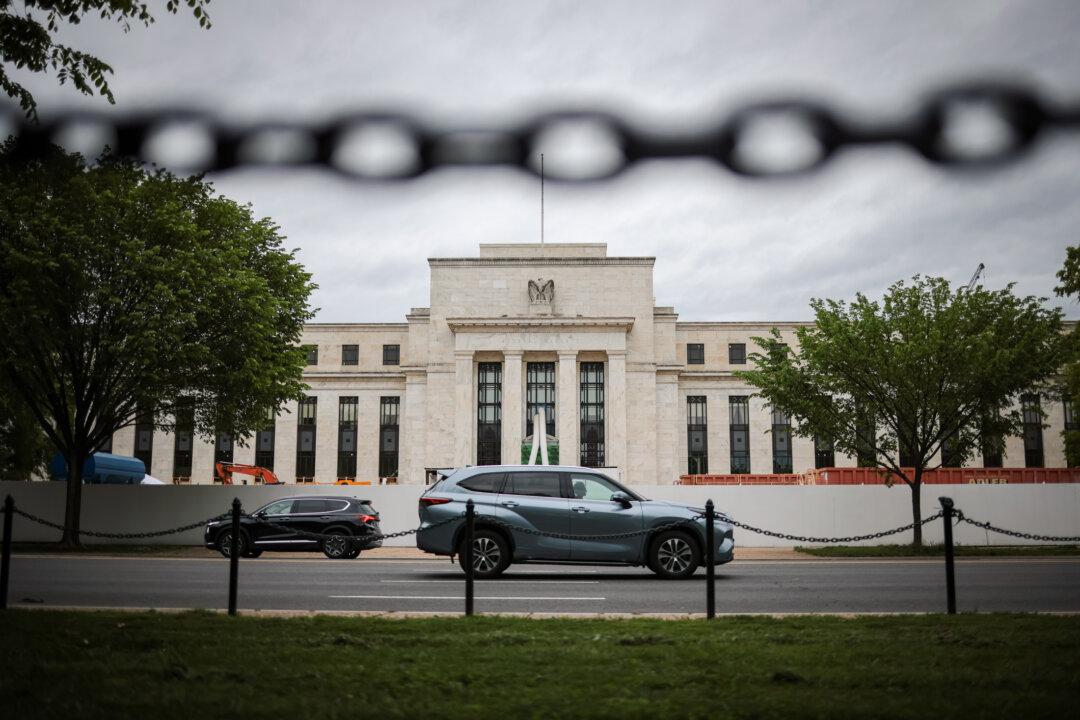Commentary
The nightmare for the central bank is not high inflation by itself but when high inflation is not responsive to tightening measures. As an example, we can look at the situation in the UK. The accompanying chart shows that the UK has broad money (M4) growing year-over-year (YoY) at zero percent, down from the recent peak of over 10 percent three years ago. Since broad money reflects not only the money in circulation but also its turnover rate, a sharp drop in growth should indicate that money flow (lending) is indeed cooling down.





